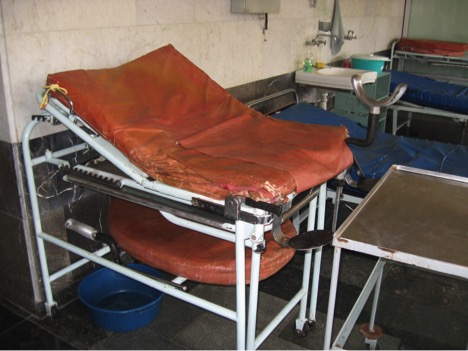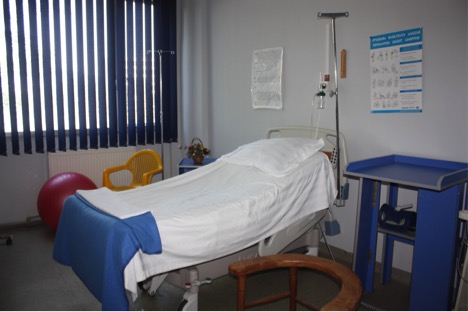Georgia is known for many things: as well as being the birthplace of Joseph Stalin, it is noted for the soaring Caucasus Mountains and its legendary hospitality. In other circles, however, it is also starting to be recognized as a maternal health success story.
The former Soviet republic has managed to reduce its maternal mortality rate by 40 percent over the past six years and to increase access to modern family planning methods – lowering what had been one of the world’s highest abortion rates.
Crucial factors include active management of third-stage labor, better newborn care, allowing family members to be present in the labor and delivery rooms, and reducing medication. Alongside a rigorously implemented international family care initiative – funded by USAID and carried out by the John Snow, Inc. health consultancy – they have all contributed to the much-improved picture.

Before the country’s maternal care was reformed, women often delivered in cold maternity rooms, four to six to a room, without family support, and with staff generally insensitive to their suffering. Pregnant and delivering women were often given useless or harmful medications. Unnecessarily induced labor and needless Cesarean sections were common.
Since the reforms, the episiotomy rate has fallen from 70 percent in 2006 to less than 8 percent in 2014, while the use of unnecessary medications has plunged from 39 percent in 2004 to less than 3 percent in 2014.

Under the old system, newborn babies were taken from their mothers immediately after birth and weighed on cold exam tables; hypothermia was common. Breastfeeding was delayed by several days and the babies were kept in nurseries separate from their mothers.

Now, training teams of doctors, nurses and midwives is a core part of a clinically proven and cost-effective perinatal care program, currently implemented in 60 percent of Georgia’s maternity clinics and responsible for 80 percent of births countrywide.

New hospital standards have encouraged women to give birth in health facilities that have modernized the way they deliver care, and 73 percent of all births in Georgia now take place in such health facilities rather than at home. These reforms have led to a 50 percent reduction in postpartum hemorrhage, a leading cause of maternal death, and a 25 percent cost reduction per delivery in hospitals – in part because the use of unnecessary medical intervention has been lowered.

The revolution in perinatal care required “breaking the rote Soviet system of following antiquated medical textbooks and introducing research, observation and evidence,” according to a USAID report. International assistance focused on revising the obstetric and gynecological training curriculum and introducing modern methods of teaching, such as case-based teaching and problem-based learning, and student-evaluation techniques.

Today, families are encouraged to participate in the labor and delivery rooms. Before the reforms, the conventional wisdom was that Georgian men would shy away from taking part in their children’s births, but men now provide skin-to-skin warming for their newborns after Cesarean sections. Hypothermia, once a leading cause of newborn death, has been virtually eliminated thanks to the introduction of such effective measures.
